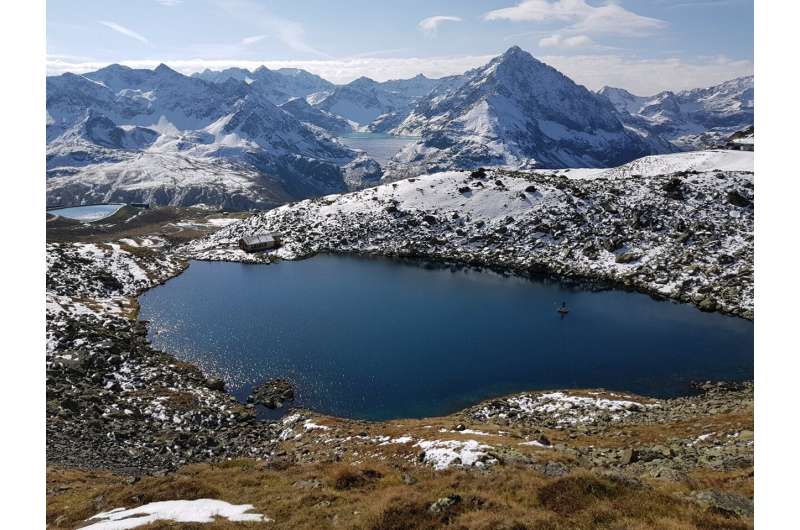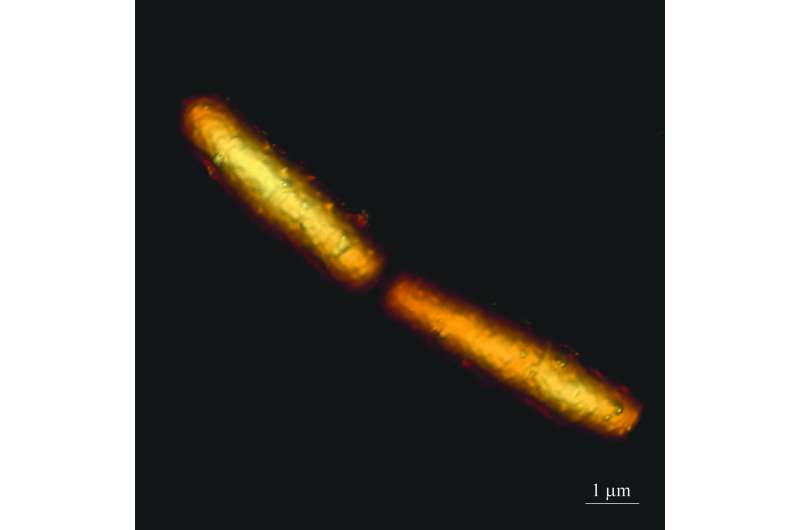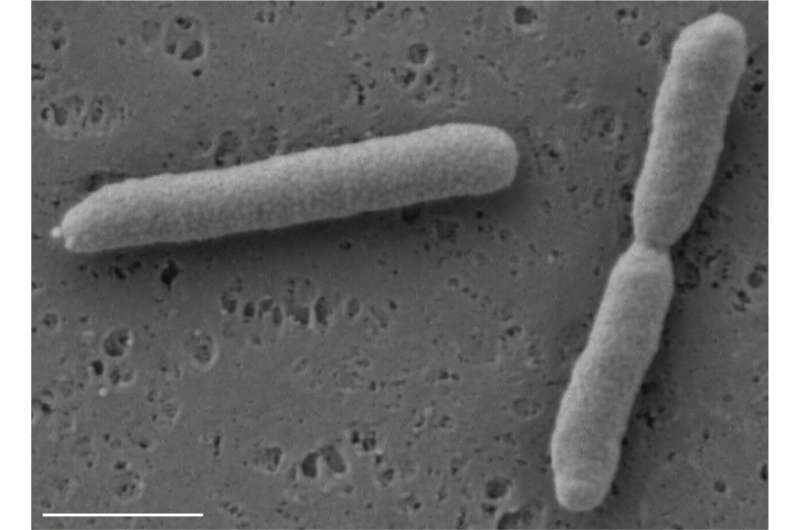December 29, 2022 report
Belt and suspenders: Alpine lake bacteria deploy two light-harvesting systems

Though humans, along with other vertebrate and invertebrate organisms, don't photosynthesize, we're definitely the downstream beneficiaries of the life forms that do. Phototrophic organisms at the bottom of the food chain convert abundant sunlight into the energy that ultimately powers all other life.
The two metabolic systems for harvesting light energy are fundamentally different. The most familiar is the chlorophyll-based photosynthesis by which plant life uses light to power the conversion of carbon dioxide and water into sugars and starches; the other system consists of proton-pumping rhodopsins.
Microbial rhodopsins, retinal-binding proteins, provide ion transport driven by light (and incidentally, sensory functions). It's a family that includes light-driven proton pumps, ion pumps, ion channels and light sensors. Microbial rhodopsins are found in archaea, bacteria and eukaryota and are widespread in oceans and freshwater lakes.
Generally speaking, species tend to pick one or the other metabolic system, the PC/Mac dichotomy of phototrophic organisms. However, a multi-institutional team of molecular biologists now reports finding an alpine lake bacterium that uses both bacteriochlorophyll-based photosynthetic complexes and proton-pumping rhodopsins. Their study is published in PNAS.

Based on flash photolysis measurements, the authors report that both systems are photochemically active in Sphingomonas glacialis AAP5, found in the alpine lake Gossenköllesee, located in the Tyrolean Alps. Specifically, in low-light conditions between 4 and 22 degrees Celsius, the bacterium expresses bacteriochlorophyll, and in light conditions at temperatures below 16 degrees Celsius, expresses xanthorhodopsin, a proton pump.
S. glacialis uses harvested light to synthesize ATP and to stimulate growth. The authors write, "This indicates that the use of two systems for light harvesting may represent an evolutionary adaptation to the specific environmental conditions found in alpine lakes and other analogous ecosystems," namely a response to large seasonal changes of temperature and light.
As the authors note, bacteriochlorophyll-based systems are large, complex and pigment-driven, requiring complex molecular machinery for synthesis, assembly and regulation. But once assembled, they comprise a "set-it-and-forget-it" system that functions even under low-light conditions. Rhodopsins, on the other hand, are far simpler and less expensive to express; their disadvantage is that they are only assembled and function in the presence of higher irradiance levels.
Loaded with all the genetic hardware for both chlorophototrophy and retinalphototrophy, these photoheterotrophic little guys have a reduced need for aerobic respiration and can therefore use available carbon for growth, a scarce commodity in the alpine lake environment they call home.

Wondering about the existence of similarly adaptable "belt-and-suspenders" organisms in other environments with large seasonal temperature changes and fluctuations in light availability, the researchers surveyed 215,874 bacterial genomes, identifying both sets of genes in 55 bacteria; nearly half originated in alpine environments. They note that one species was recently identified in Yellowstone springs, a vastly different physicochemical environment, but another in which environmental extremes have a high delta.
Bacteriochlorophyll systems are transferred primarily vertically; however, rhodopsin genes are inexpensively and commonly acquired horizontally. Thus, the authors write, "this process may have occurred repeatedly during evolution. However, whether these species retain and express the obtained rhodopsin gene will depend on the new genes providing a competitive advantage in a particular environment. Thus, dual phototrophy may also be beneficial in other environments with highly dynamic physicochemical conditions with extremes favoring one system over the other."
More information: Karel Kopejtka et al, A bacterium from a mountain lake harvests light using both proton-pumping xanthorhodopsins and bacteriochlorophyll-based photosystems, Proceedings of the National Academy of Sciences (2022). DOI: 10.1073/pnas.2211018119
Journal information: Proceedings of the National Academy of Sciences
© 2022 Science X Network



















